1. Smartphones
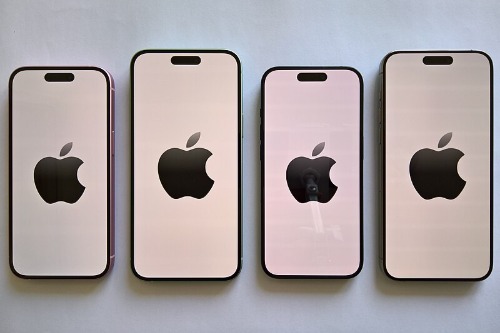
One of the most notorious examples of purposeful breakage is the smartphone industry. Every year, we see new models with features that entice consumers to upgrade, even though, according to Brian X. Chen from The New York Times, older models could function for up to a decade if they weren’t designed to break. Apple, for example, has been accused of throttling battery performance on older devices to make them seem slower and push users into upgrading. While some argue it’s a necessary measure to preserve battery health, others view it as a strategic move to sell more phones.
On top of that, the fragility of smartphones, particularly the screens, contributes to the cycle of replacement. A cracked screen or malfunctioning hardware leads many people to trade in their devices rather than pay for expensive repairs. The marketing and design push people to keep buying new models, all while ensuring the older ones will eventually break down, whether due to battery issues, screen cracks, or planned obsolescence in the software updates.
2. Coffee Makers

Coffee makers, particularly the low-end models, are designed to fail after a certain period, according to John Harris from The Guardian. Many people find that their coffee machines start malfunctioning just after the warranty expires, with issues like leaking, inconsistent brewing, or faulty heating elements. It’s a classic case of planned obsolescence, where these products are intentionally built to last only so long before something goes wrong.
The replacement cost of these coffee makers is often cheap, prompting customers to toss them in favor of the latest model. Some manufacturers even stop offering replacement parts after a few years, making repairs nearly impossible. So, instead of maintaining a product for long-term use, consumers are nudged into buying new versions, which often come with new “features” that make the old models feel outdated.
3. Lightbulbs
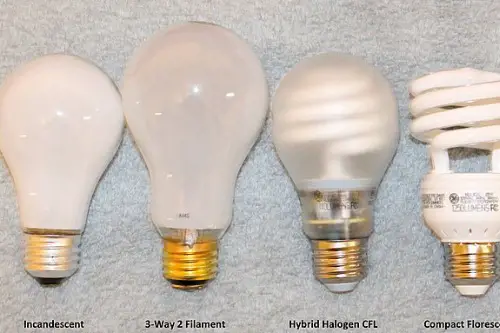
The famous “planned obsolescence” of lightbulbs has been around for over a century, according to Adam Hadhazy from the BBC. The Edison lightbulb, originally designed to last thousands of hours, was intentionally shortened to ensure more frequent replacements. Manufacturers realized that having customers come back to buy lightbulbs more often was profitable. So, they set a lifespan of about 1,000 hours, with many bulbs burning out sooner than expected, especially in cheaper versions.
This practice is not limited to incandescent bulbs either. With the shift to energy-saving options like LED bulbs, some companies still design them to burn out after a set number of years. While LED technology generally lasts longer, manufacturers often limit their lifespan to push consumers into buying newer, “more efficient” models. This strategy ensures that the market for lighting remains continuously in motion.
4. Printers
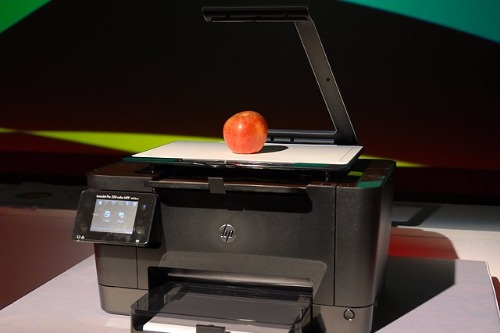
Printers are a perfect example of a product designed with obsolescence in mind, according to David Schrieberg from Forbes. They often break down or require expensive refills for ink or toner, making them almost disposable. Many printers have built-in mechanisms that prompt you to replace parts like ink cartridges or drums when they’re barely used up. The cost of repairs for these devices often exceeds the cost of buying a new one, which is exactly what manufacturers count on.
Moreover, printer manufacturers use software to disable printers or ink cartridges that aren’t “approved” by them. This tactic forces consumers to buy official, overpriced replacements instead of third-party options. Even simple maintenance issues can become a hassle, leading customers to give up and simply buy a new printer rather than spend time fixing the old one.
5. Washing Machines
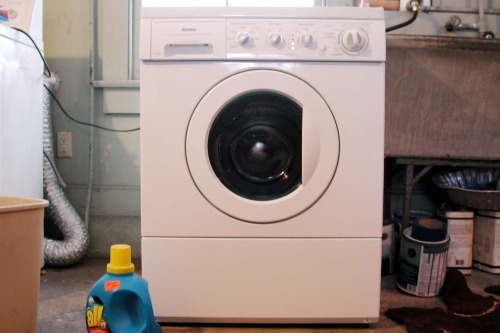
Washing machines, especially older models, used to last for decades, but today, they’re designed with a much shorter lifespan, according to Nigel Cassidy from the BBC. Manufacturers frequently include components that wear out relatively quickly, such as flimsy plastic parts in drum mechanisms. While it’s not always malicious, the reality is that these parts often break down faster than they should, making the whole machine less durable.
Additionally, washing machine brands sometimes stop producing spare parts for older models after only a few years. When these machines inevitably break down, consumers are often forced to buy a new one. The cost of repairs can be prohibitively high, leading to a scenario where replacing the unit entirely makes more financial sense than fixing it.
6. Fast Fashion Clothing

The fast fashion industry thrives on consumers purchasing cheaply made clothing, only for it to fall apart after a few wears. Many of these items are made with low-quality materials, which break down faster and require constant replacement. The rapid turnover of styles means that these clothes aren’t meant to last long but instead to be replaced with the next trend.
Consumers are often encouraged to discard worn-out clothing and buy new pieces, contributing to environmental waste. Manufacturers even use cheap stitching, thin fabrics, and poor dye processes to ensure that garments fall apart quickly. This keeps the cycle of consumption going, ensuring that consumers are always buying new, often at the expense of quality and durability.
7. Headphones

Headphones, especially cheaper wired models, seem to break just when you need them most. Whether it’s the fraying of wires or the eventual degradation of the sound quality, many headphones are not designed for long-term use. Some companies intentionally use low-quality materials to keep production costs down, resulting in headphones that wear out faster.
In addition, manufacturers are constantly updating their designs, meaning that older models are often incompatible with newer devices. This forces consumers to replace their headphones, even if the old ones could still technically work with repairs. The continuous introduction of “better” technology keeps people on the treadmill of purchasing new headphones more often than necessary.
8. Blenders

Blenders, especially the inexpensive ones, have a reputation for breaking down after a few uses. The motor can burn out quickly, or the plastic housing might crack, making it easier to replace the whole unit rather than repair it. Many companies design blenders with parts that don’t age well, such as plastic gears or thin components that don’t hold up over time.
While the blenders themselves aren’t necessarily expensive, the cost of replacing them often outweighs the desire to fix them. With new features and sleeker designs being released each year, many consumers find themselves constantly upgrading to the next big thing. The constant push for innovation keeps the cycle of purchases alive, even when older models could be perfectly functional with a little maintenance.
9. TVs

TVs have dramatically improved in terms of picture and sound quality, but they’re often not built to last. Many models today are designed to fail after a certain period, whether due to issues with the display, sound, or the internal components. Even higher-end brands sometimes include parts that wear out faster than expected, forcing customers into the upgrade cycle.
Additionally, the trend of releasing new TV models every year encourages people to trade in their old sets. The marketing behind these new releases suggests that older TVs don’t measure up, even if they still work fine. Features like 4K, OLED, and smart capabilities push consumers to ditch their still-functional sets, contributing to a never-ending cycle of TV replacements.
10. Game Consoles

Video game consoles like PlayStation and Xbox are notorious for having short life spans. Over time, these consoles can experience issues like overheating, disk drive malfunctions, or software incompatibilities with newer games. This is partly due to the fact that consoles are often designed to be less durable than their PC counterparts, creating an incentive for gamers to purchase the next iteration.
Additionally, many games and accessories are designed with the latest consoles in mind, making older models obsolete. This pushes players into upgrading, even when their current consoles are still technically functional. By limiting software updates or releasing exclusive titles, console makers create a market for new devices every few years.
11. Air Conditioners
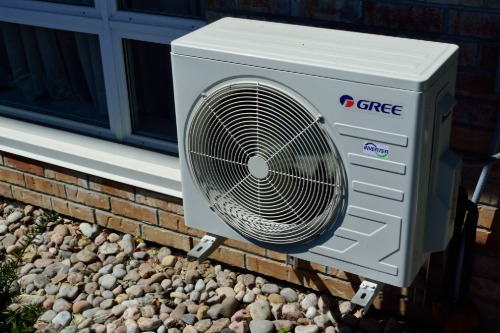
Air conditioners are notorious for having a relatively short lifespan, often needing expensive repairs or replacements after just a few years. Many manufacturers design units with parts that wear out quickly, such as compressors or condenser coils. When these components fail, it can cost more to repair the AC than to purchase a new one, especially in cheaper models.
Additionally, newer air conditioners tend to have more energy-efficient features or smart capabilities, encouraging consumers to upgrade. The desire for a quieter, more efficient model makes people willing to replace their old units rather than invest in repairing them. This practice ensures that the cycle of replacement continues, even though many older models still have some useful life left.
12. Vacuum Cleaners
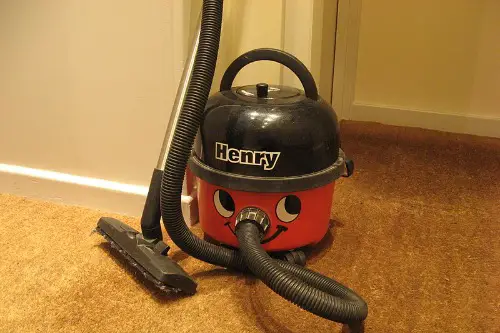
Vacuum cleaners, particularly bagless models, often break down faster than you’d expect. The motor can wear out, or the plastic parts might crack under regular use, making repairs impractical. It’s cheaper for consumers to replace the vacuum rather than fix it, and manufacturers know this well.
Furthermore, new features like cordless operation or improved suction power are constantly advertised, which makes people feel like their current vacuum is outdated. While older models might still do the job, the constant release of more advanced, efficient vacuums pushes people to buy new ones. This keeps the market moving and ensures that vacuums don’t stay in households for long.
13. Digital Cameras
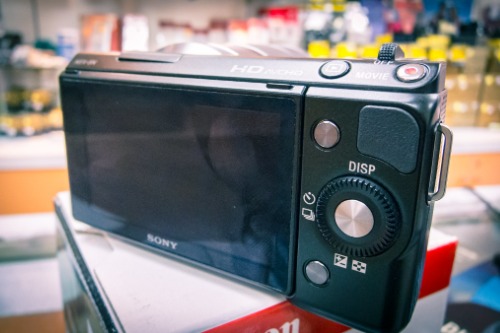
Despite the rise of smartphones with excellent cameras, digital cameras still have a dedicated following. However, these cameras often come with a set expiration date due to the constant innovation in the field. Newer models are regularly released with higher megapixels, improved sensors, and additional features, making older models seem outdated.
The camera industry also encourages upgrades by introducing features that make older versions incompatible with newer technology. Accessories like lenses or batteries might not work with newer models, pushing enthusiasts to replace their entire setup. Even though older digital cameras might still take great photos, the allure of cutting-edge technology leads to constant purchasing.


